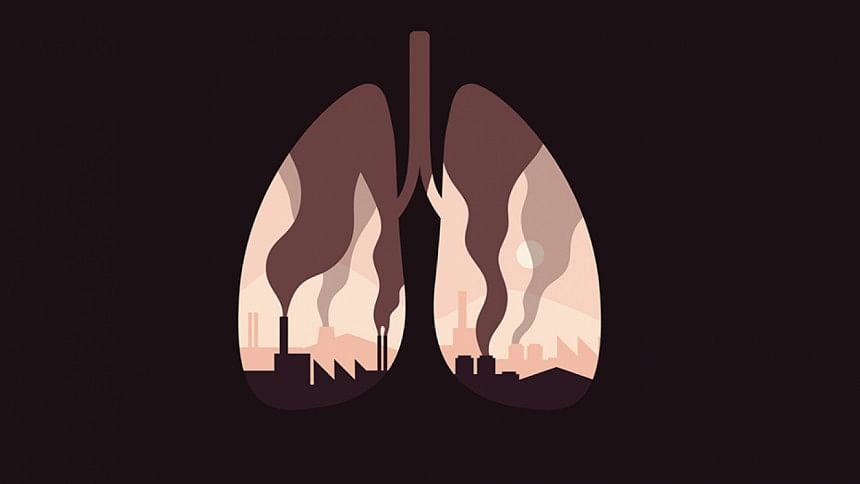World's richest 1% cause double carbon emissions of poorest 50%: Oxfam

The wealthiest one percent of earth's population are responsible for more than twice as much carbon pollution as the 3.1 billion people who made up the poorest half of humanity during a critical 25-year period of unprecedented emissions growth, according to a press release issued by Oxfam.
Oxfam's new report, 'Confronting Carbon Inequality,' is based on research conducted with the Stockholm Environment Institute between 1990 and 2015.
The report is being released as world leaders prepare to meet at the UN General Assembly to discuss global challenges including the climate crisis.
They assessed the consumption emissions of different income groups in 25 years up to 2015 when humanity doubled the amount of carbon dioxide in the atmosphere.
The richest 10 percent accounted for over half (52 percent) of the emissions added to the atmosphere between 1990 and 2015. They were also responsible for 15 percent of emissions during this time -- more than all citizens of the EU and more than twice that of the poorest half of humanity, according to the press release issued by Oxfam.
During this time, the richest 10 percent blew one third of the remaining global 1.5C carbon budget, compared to just 4 percent for the poorest half of the population. The carbon budget is the amount of carbon dioxide that can be added to the atmosphere without causing global temperatures to rise above 1.5C -- the goal set by governments in the Paris Agreement to avoid the very worst impacts of uncontrolled climate change.
Annual emissions grew by 60 percent between 1990 and 2015. The richest 5 percent were responsible for over a third (37 percent) of this growth. The total increase in emissions of the richest one percent was three times more than that of the poorest 50 percent.
Carbon emissions are likely to rapidly rebound as governments ease Covid-related lockdowns. If emissions do not keep falling year on year and carbon inequality is left unchecked, the remaining carbon budget for 1.5C will be entirely depleted by 2030. However, carbon inequality is so stark, the richest 10 percent would blow the carbon budget by 2033 even if all other emissions were cut to zero.
During 2020, and with around 1C of global heating, climate change has fuelled deadly cyclones in India and Bangladesh, huge locust swarms that have devastated crops across Africa and unprecedented heatwaves and wildfires across Australia and the US. No one is immune but it is the poorest and most marginalized people who are hardest hit. For example, women are at increased risk of violence and abuse in the aftermath of a disaster.

 For all latest news, follow The Daily Star's Google News channel.
For all latest news, follow The Daily Star's Google News channel. 



Comments